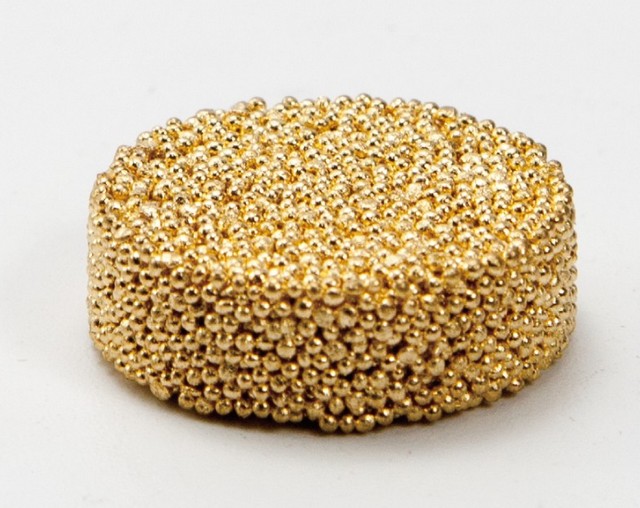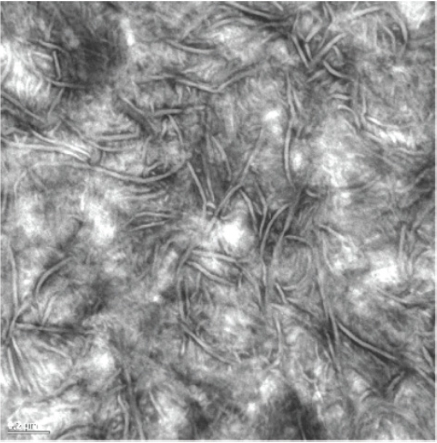Toni,
That's a load of good information.
I had always assumed the typical drawing of a sintered ski base that shows open porosity is correct.
Now you have me wondering.

The Celanese product brochure of GUR UHMWPE is not clear on ski base manufacture.
https://www.celanese.com/-/media/En...es/GUR-015-UHMW-PE-Overview-PM-EN-r1-0916.pdf
Porous sintered UHMWPE is used for all kinds of filters.
Pressure sintering or compression molding the material to near 100% density to make things like the meniscus I my knee replacement is common.
You are the first person who has suggested that sintered ski base material has no porosity.
Dr Geissbuehler's patents don't say anything about density, they are about interesting additives.
Looks like I have some homework to do.
I do know that when the sintered logs are peeled into strips, some areas of the log make better bases that others.
I have also heard that some pieces of base material run so well they are peeled off and reused on new skis.
You know anything about that..?|
That's a load of good information.
I had always assumed the typical drawing of a sintered ski base that shows open porosity is correct.
Now you have me wondering.
The Celanese product brochure of GUR UHMWPE is not clear on ski base manufacture.
https://www.celanese.com/-/media/En...es/GUR-015-UHMW-PE-Overview-PM-EN-r1-0916.pdf
Porous sintered UHMWPE is used for all kinds of filters.
Pressure sintering or compression molding the material to near 100% density to make things like the meniscus I my knee replacement is common.
You are the first person who has suggested that sintered ski base material has no porosity.
Dr Geissbuehler's patents don't say anything about density, they are about interesting additives.
Looks like I have some homework to do.
I do know that when the sintered logs are peeled into strips, some areas of the log make better bases that others.
I have also heard that some pieces of base material run so well they are peeled off and reused on new skis.
You know anything about that..?|




